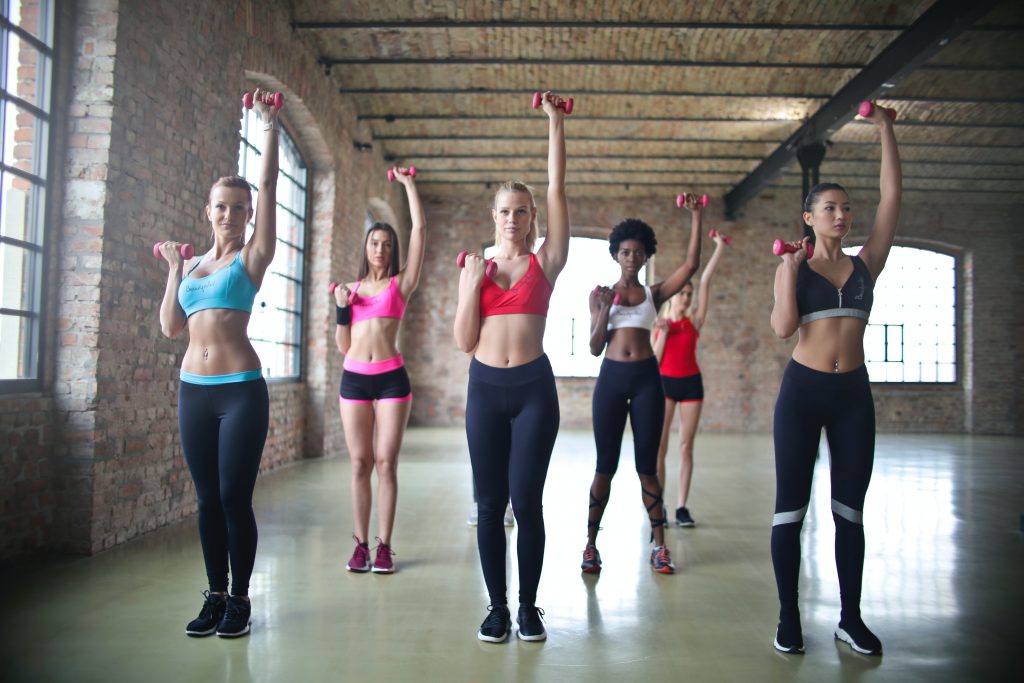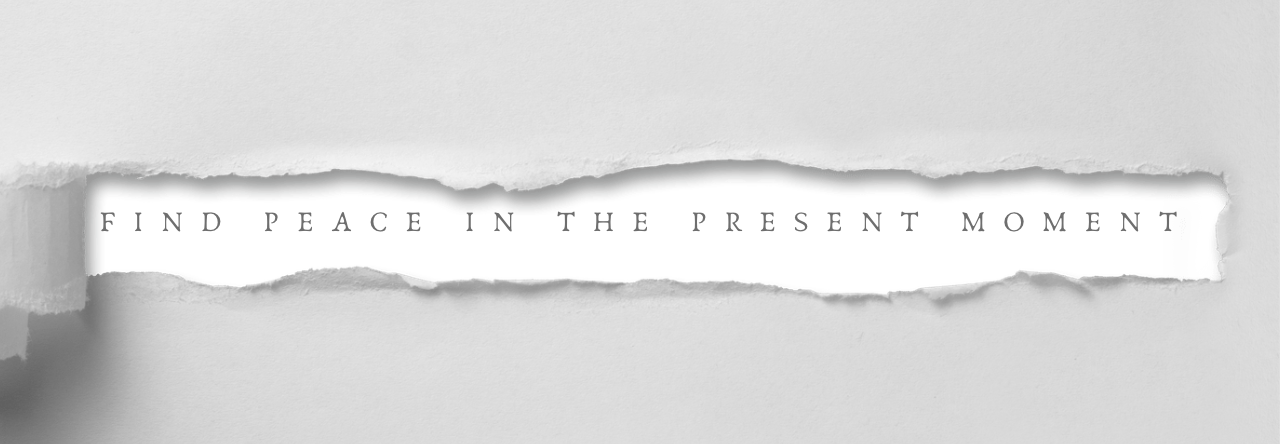In life, we are often held back by our limiting beliefs. These beliefs are formed from our past experiences, childhood, and cultural conditioning. Limiting beliefs can be difficult to overcome, but they can be transformed with the right mindset and techniques. In this article, we will explore how to overcome limiting beliefs and transform your life.

Photo by bruce mars on Unsplash
Understanding Limiting Beliefs
Limiting beliefs are beliefs that we hold about ourselves, others, and the world that limit our potential. These beliefs can be based on false assumptions or negative experiences. They often manifest in thoughts such as “I’m not good enough,” “I can’t do this,” or “I’ll never succeed.” These thoughts can hold us back from pursuing our goals and dreams.
Limiting beliefs are often formed during childhood. For example, if a child grows up in a household where they are told they are not good enough, they may internalize this belief and carry it into adulthood. Cultural conditioning can also contribute to limiting beliefs. Society often tells us what we should or should not do based on our gender, race, or socioeconomic status. These societal norms can create limiting beliefs about what we can achieve.
The first step in overcoming limiting beliefs is to recognize them. This means becoming aware of the negative thoughts and beliefs that hold us back. Once we become aware of our limiting beliefs, we can start to challenge them and replace them with positive beliefs.
Challenging Limiting Beliefs
To challenge limiting beliefs, we need to examine the evidence that supports them. Often, we find that there is little or no evidence to support our limiting beliefs. For example, if we believe that we are not good enough, we can challenge this belief by looking at our accomplishments and strengths. We may find that we have achieved more than we give ourselves credit for.
Another technique for challenging limiting beliefs is to reframe them. This means looking at the situation from a different perspective. For example, instead of saying “I can’t do this,” we can reframe it as “I haven’t learned how to do this yet.” This reframing allows us to approach the situation with a growth mindset and a willingness to learn.
Replacing Limiting Beliefs
Once we have challenged our limiting beliefs, we need to replace them with positive beliefs. Positive beliefs are beliefs that empower us and help us reach our full potential. To create positive beliefs, we need to focus on our strengths and achievements. We can also look for role models who have achieved what we want to achieve and use them as inspiration.
Another way to create positive beliefs is through visualization. Visualization is a technique where we imagine ourselves achieving our goals. We can visualize ourselves succeeding in a job interview, giving a successful presentation, or running a marathon. Visualization helps us to believe that we can achieve our goals and gives us the motivation to pursue them.
Mindfulness and Limiting Beliefs
Mindfulness is another powerful tool for overcoming limiting beliefs. Mindfulness is the practice of being present in the moment and non-judgmentally observing our thoughts and emotions. When we practice mindfulness, we become aware of our limiting beliefs and can challenge them in the moment.
Positive beliefs are beliefs that empower us and help us reach our full potential.
One mindfulness technique for overcoming limiting beliefs is to focus on the present moment. When we focus on the present moment, we become aware of the thoughts and beliefs that hold us back. We can then challenge these thoughts and replace them with positive beliefs.
Another mindfulness technique is to practice self-compassion. Self-compassion is the practice of being kind and understanding to ourselves. When we practice self-compassion, we become more accepting of our flaws and limitations. This acceptance allows us to let go of our limiting beliefs and focus on our strengths and potential.
Taking Action
Overcoming limiting beliefs is not just about changing our thoughts; it’s also about taking action. When we take action towards our goals, we prove to ourselves that we are capable of achieving them. This builds our confidence and reinforces our positive beliefs.
Taking action can be challenging when we are faced with fear and doubt. However, it’s important to remember that taking action does not have to be perfect or without mistakes. We can learn and grow from our mistakes and use them as opportunities to improve.
It’s also important to set realistic goals and take small steps towards them. This helps us build momentum and prevents us from becoming overwhelmed. When we achieve small goals, we build our confidence and motivation to pursue bigger goals.
The Importance of Support
Overcoming limiting beliefs can be a challenging journey, but it’s not one that we have to take alone. Support from others can be a powerful tool in transforming our beliefs and achieving our goals.
Seeking support from friends, family, or a coach can provide us with encouragement, accountability, and guidance. It can also provide us with a different perspective on our limiting beliefs and help us to challenge them more effectively.
Overcoming limiting beliefs is not a one-time event; it’s a continuous process of self-reflection, growth, and action. It requires us to challenge our negative thoughts and beliefs, replace them with positive ones, and take action towards our goals.
By practicing mindfulness, self-compassion, and seeking support, we can transform our limiting beliefs and achieve our full potential. It’s not always easy, but the rewards are worth it. We can create a life that is fulfilling, joyful, and aligned with our true selves.
So, take the first step today. Become aware of your limiting beliefs and start challenging them. Replace them with positive beliefs and take action towards your goals. With time and effort, you can transform your beliefs and transform your life.

